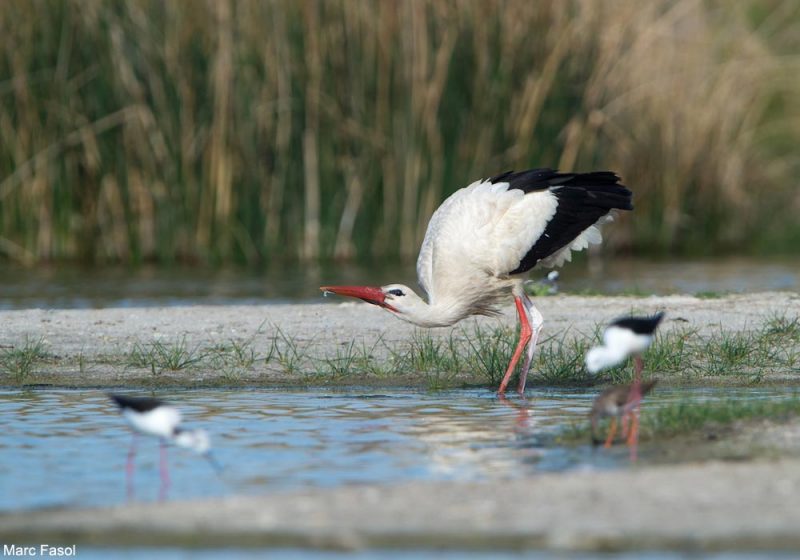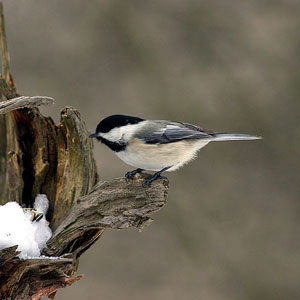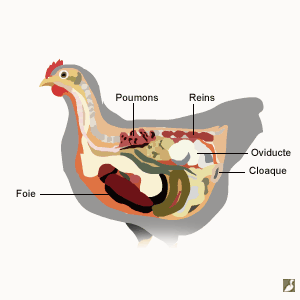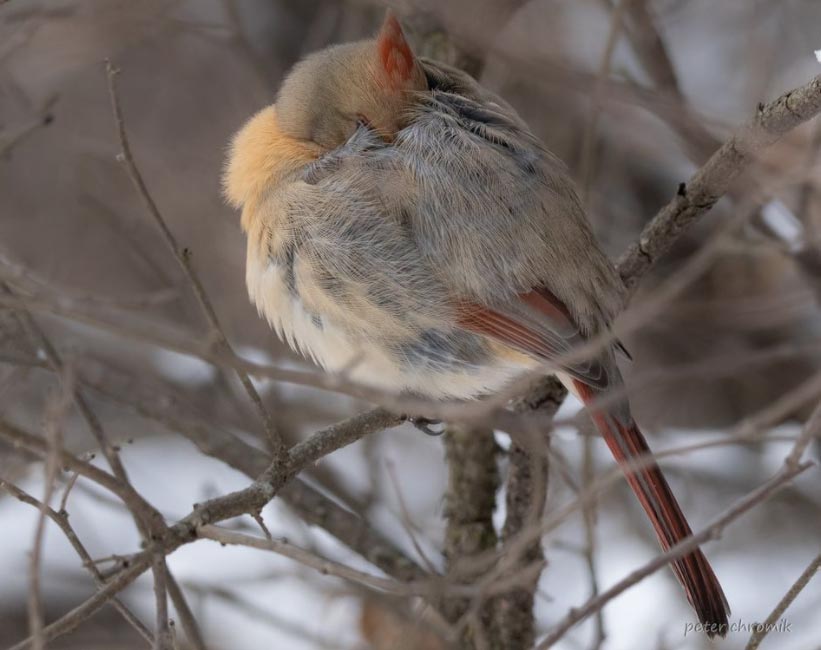Pratique | Débuter
L’urohydrose, un comportement étonnant utilisé par certains oiseaux pour se rafraîchir

Cigogne blanche (Ciconia ciconia) s’abreuvant dans une mare en Espagne et ayant pratiqué l’urohydrose sur ses pattes (voir la marque blanche) pour se rafraîchir.
Photographie : Marc Fasol
Introduction
Pour diminuer leur température corporelle, les oiseaux peuvent se mettre à l’ombre ou se baigner. Mais en plein soleil ou quand il n’y a pas d’eau disponible, par exemple quand ils couvent sur leur nid, ils doivent trouver d’autres solutions : ils peuvent ouvrir leur bec, écarter leurs ailes ou chez certaines familles comme les Ciconiidés et les Cathartidés (les vautours du Nouveau Monde), pratiquer l’urohydrose. Il s’agit d’un comportement étonnant et méconnu qui consiste à déféquer et uriner (les fientes sont composées des selles et de l’urine) sur la partie déplumée de leurs pattes en profitant de l’évaporation de l’eau de leurs fientes : en effet, leurs pattes sont richement irriguées, et un refroidissement du sang qui y circule réduit la température générale du corps.
Après une présentation de l’urohydrose et de son mécanisme d’action, nous indiquons les espèces qui l’utilisent. Nous remercions Marc Fasol pour ses photos.
Abstract
To decrease their body temperature, birds can go in the shade or bath. But in full sun or when there is no water available, for example when they are incubating on their nest, they must find other solutions: they can open their bills, spread their wings or in some families like Ciconiidae and the Cathartidae (the vultures of the New World), practice urohidrosis. This is a surprising behavior that consists of defecating / urinating (the droppings contain both feces and urine) on the unfeathered legs, using the evaporation of water from their droppings: indeed, their legs are richly irrigated, and a cooling of the blood circulating there can effectively reduce the general temperature of their body.
After a presentation of urohidrosis and its action, we list the species that us this behavior. We thank Marc Fasol for his photos.
Poursuivez la lecture de cet article, en vous abonnant dès maintenant !
Découvrez les Archives d’Ornithomedia.com
Pour seulement 10,00 €TTC/an (ou 6,00 € les 6 mois)
Profitez de plusieurs centaines d’articles en accès illimité et sans aucun engagement.
Compléments
Sources
- Gary R. Graves (2019) Urohidrosis and tarsal color in Cathartes vultures (Aves: Cathartidae). Proceedings of the Biological Society of Washington. Volume : 132. Numéro : 1. Pages : 56-64. www.pbsw.org/doi/abs/10.2988/19-00002
- Clara Zerbib (2018). Pourquoi le caca des oiseaux est-il blanc ? Animalaxy. Date : 2/12. https://animalaxy.fr/pourquoi-le-caca-des-oiseaux-est-il-blanc/
- J. Cooper et W. R. Siegfried (2009). Behavioural responses of young cape gannets Sula capensis to high ambient temperatures. Marine Behaviour and Physiology. Volume : 3. Numéro : 4. www.tandfonline.com/doi/abs/10.1080/10236247609378512
- Inoer Steen et J. B. Steen (1965). The Importance of the Legs in the Thermoregulation of Birds. Acta Physiologica. Volume : 63. Numéro : 3. Pages : 285-291. https://onlinelibrary.wiley.com
- M. P. Kahl (1971). Spred-winge postures and their possible functionsin the Ciconiidae. The Auk. Volume : 88. Numéro : 4. https://sora.unm.edu








Aucun commentaire sur ce sujet
Participer à la discussion !